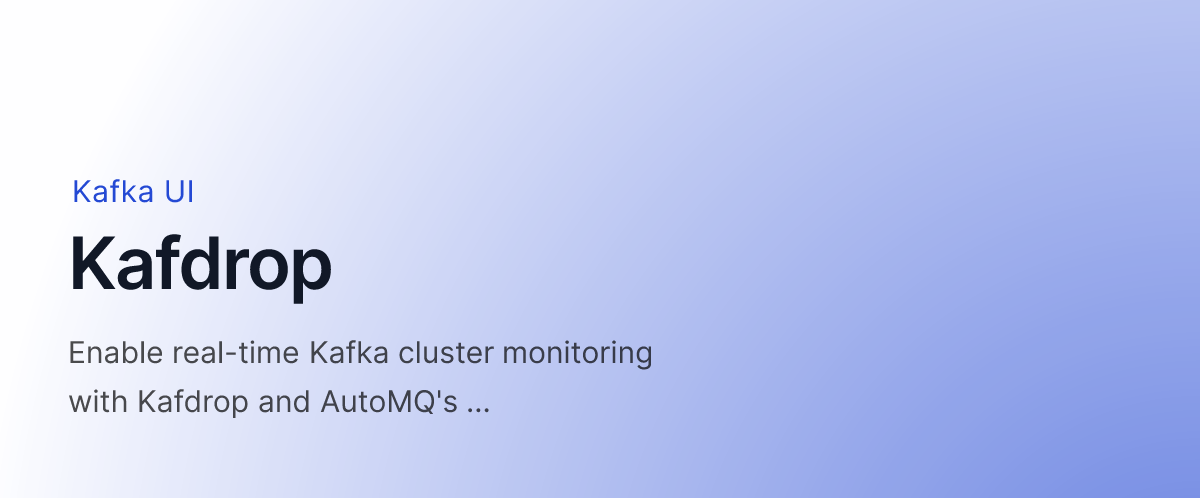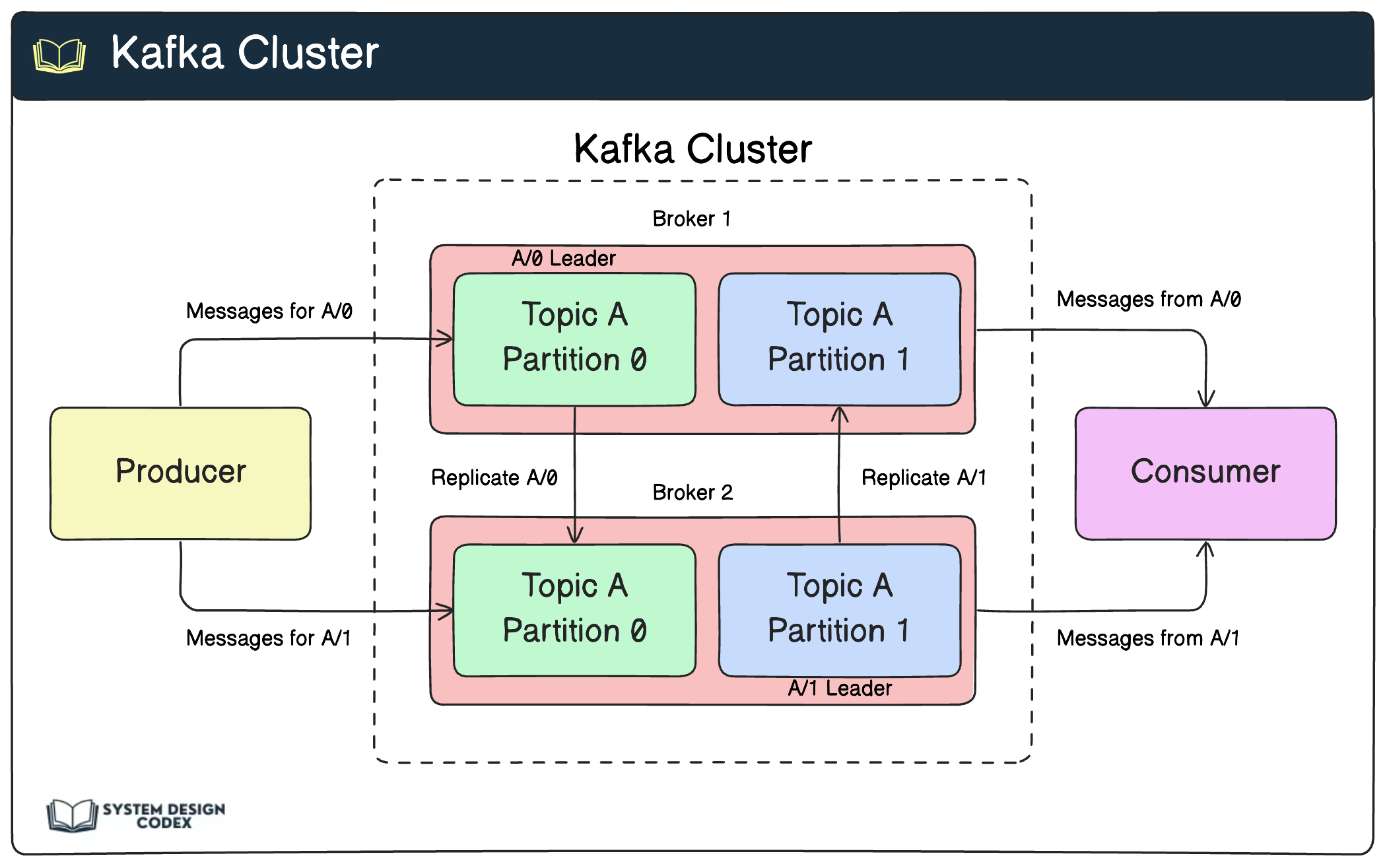
⚡ Redis vs Valkey — A Beginner’s Guide to Modern In-Memory Databases
If you’re learning about databases and suddenly hear names like Redis or Valkey, they might sound a little intimidating.
Don’t worry. In this post, I’ll explain what Redis and Valkey are, why they’re popular, the data structures they use, and how the master-slave (replica) architecture works — all in simple terms.
Let’s dive in 🚀
🌟 Why Redis and Valkey Exist
Most databases (like MySQL or PostgreSQL) store data on disk. That’s reliable, but it can be slow if your app needs real-time speed.
Think about apps like:
- Chat systems (WhatsApp, Slack)
- Leaderboards in games
- Session management in websites
- Realtime analytics
These apps need lightning-fast reads/writes. That’s where in-memory databases like Redis (original) and Valkey (a fork/alternative) shine.
They keep data in RAM (memory), making them blazingly fast.
🔧 What is Redis?
Redis stands for Remote Dictionary Server. It’s an open-source, in-memory data store that can be used as a database, cache, or message broker.
🪄 What it does:
- Stores data in memory for fast access.
- Supports many data structures (not just key-value pairs).
- Can persist data to disk if needed.
- Widely used in caching, queues, pub/sub messaging, and real-time apps.
In short:
Redis = Super-fast, flexible in-memory database.
🔁 What is Valkey?
Valkey is a community-driven fork of Redis.
It was created in 2024, when Redis Labs changed its license, limiting open-source use. To keep it open and free for everyone, the community (with support from companies like AWS, Google, and others) built Valkey.
🪄 What it does:
- Same core features as Redis (data structures, caching, pub/sub, etc.).
- 100% open source under Apache 2.0 license.
- Future development driven by a community, not just a company.
- Designed to be a drop-in replacement for Redis.
In short:
Valkey = The fully open-source, community-driven Redis.
📦 Today’s Data Structures in Redis/Valkey
Unlike normal key-value stores, Redis/Valkey supports rich data structures:
| Data Structure | What It Is | Real-Life Example |
|---|---|---|
| Strings | Simple text or numbers | Storing usernames, session tokens |
| Lists | Ordered collection (like a queue) | Task queues, chat messages |
| Sets | Unique unordered values | User IDs who liked a post |
| Sorted Sets (ZSETs) | Sets with scores for ordering | Game leaderboards, ranking |
| Hashes | Key-value pairs inside a key | User profile info (name, age, email) |
| Streams | Log-like structure for events | Event tracking, real-time feeds |
| Bitmaps/HyperLogLog | Special structures for analytics | Count unique visitors, track activity |
These structures make Redis/Valkey more powerful than a simple cache — you can model entire features with them.
🔗 Master-Slave (Replica) Architecture
One Redis/Valkey server is super fast, but what happens when:
- Your app grows
- You need high availability
- You want backup if one server fails?
That’s where the Master-Replica (previously Master-Slave) setup comes in.
🧩 How it works:
- Master: Handles all writes (insert, update, delete).
- Replicas: Copy data from the master and handle reads.
- If the master fails, a replica can be promoted to become the new master.
⚡ Benefits:
- Scalability: Reads are spread across replicas (faster performance).
- Reliability: If the master crashes, replicas take over.
- Data Safety: Multiple copies mean less risk of data loss.
🧠 Real-Life Example
Imagine you’re building a gaming platform:
- Player scores are updated (writes) → stored in the master.
- Thousands of players view the leaderboard (reads) → served from replicas.
- If the master crashes mid-tournament → a replica steps in → no downtime.
That’s Redis/Valkey power in action ⚡
🧩 Redis vs Valkey Quick Comparison
| Feature | Redis | Valkey |
|---|---|---|
| License | Source-available (Redis Labs) | Open-source (Apache 2.0) |
| Data Structures | ✅ Rich support | ✅ Same |
| Speed | ⚡ In-memory fast | ⚡ Same |
| Community | Company + community | 100% community-driven |
| Best For | Enterprises using Redis Enterprise features | Open-source projects & companies wanting freedom |
🚀 Which One Should You Use?
- ✅ Use Redis if you’re okay with its license and maybe need enterprise features.
- ✅ Use Valkey if you want a completely open-source version without restrictions.
Both are compatible, so switching is simple.
🎯 Final Thoughts
Redis and Valkey are like supercharged memory tools that power many apps we use daily.
- Redis made in-memory databases mainstream.
- Valkey keeps the vision alive as a truly open-source project.
- Together, they’re the backbone of real-time, high-performance systems — from chats to leaderboards to analytics.
Think of them like this:
- Redis/Valkey = A turbo engine 🚀
- Master-Replica = Backup drivers to keep the car running 🏎️
If you’re building an app that needs speed and reliability, learning Redis or Valkey is a skill worth having!
Read more

Kafdrop for Beginners – Visualizing Kafka Made Easy
A beginner-friendly guide to Kafdrop — a web UI for viewing Kafka topics, consumers, and messages. Learn what it is, why it’s helpful, and how to use it with real examples.

Apache Kafka for Beginners – What It Is and How to Use It
A simple explanation of what Apache Kafka is, why it's useful, and how you can start using it — with easy-to-understand examples.

LangChain vs LangGraph vs LangSmith – A Beginner's Guide
Understand the differences between LangChain, LangGraph, and LangSmith in simple language. Learn when and why to use each for building AI apps.